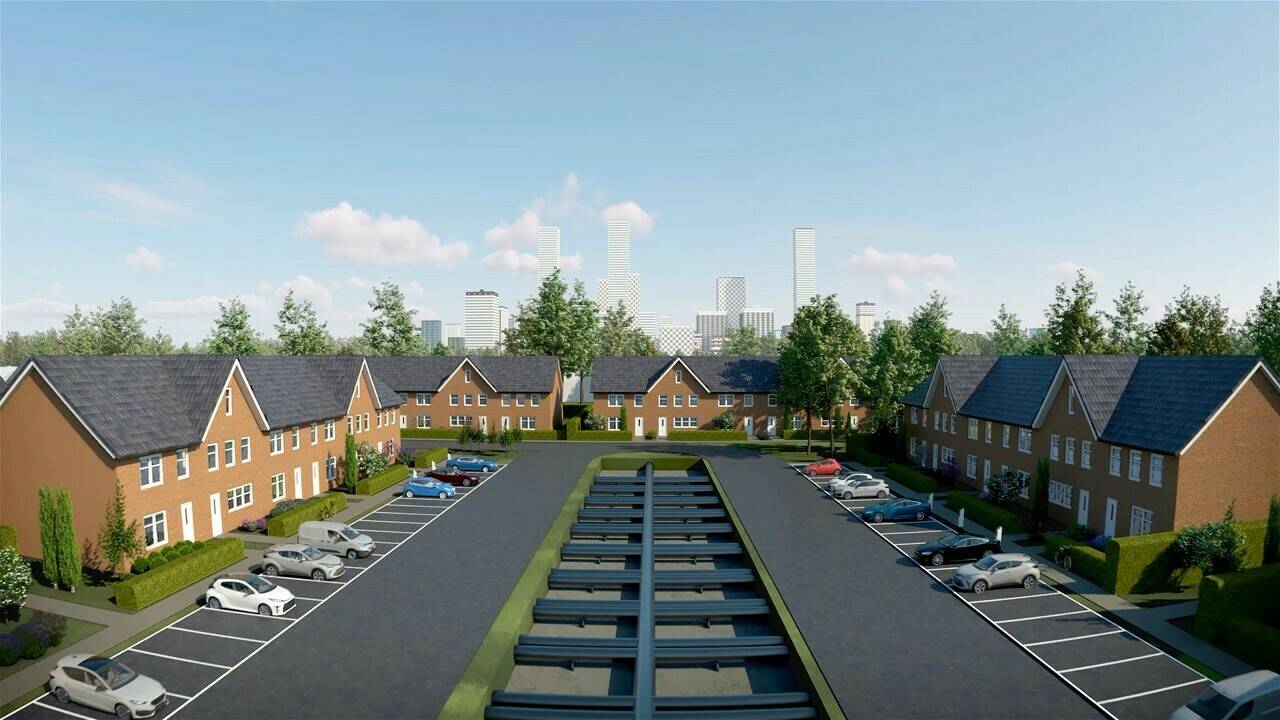Heat-distribution grid: Warmtelinq
This is possible, thanks to the installation of a new heat-distribution grid, called Warmtelinq. Warmtelinq uses residual heat from the port of Rotterdam, where a lot of heat is released from the current process industry and waste incineration. Much of this heat is discharged unused. Thanks to Warmtelinq, residual heat is now being used to sustainably heat houses and businesses in Zuid-Holland. This network is now being laid between the port and The Hague.
In the long term, the industrial processes in which residual heat is released will also become more sustainable, in part through the production of hydrogen. The origin of the residual heat will also become more sustainable because of that. The production of CO₂-free hydrogen will also become a new and important source of heat, so that the network will largely be supplied from sustainable sources.
Anyone who checks our daily national energy consumption will see three large blocks: the biggest share concerns the built-up environment (houses and offices: 33%), then comes industry (28%) and traffic and transport (23%). Roughly half of this end use is the generation of heat. If we make good use of the residual heat that is released by industry, that could make a substantial contribution to achieving the climate goals.
Step 8
Using residual heat

This is possible, thanks to the installation of a new heat-distribution grid, called Warmtelinq. Warmtelinq uses residual heat from the port of Rotterdam, where a lot of heat is released from the current process industry and waste incineration. Much of this heat is discharged unused. Thanks to Warmtelinq, residual heat is now being used to sustainably heat houses and businesses in Zuid-Holland. This network is now being laid between the port and The Hague.
In the long term, the industrial processes in which residual heat is released will also become more sustainable, in part through the production of hydrogen. The origin of the residual heat will also become more sustainable because of that. The production of CO₂-free hydrogen will also become a new and important source of heat, so that the network will largely be supplied from sustainable sources.
Heat-distribution grid: Warmtelinq
Using residual heat
Anyone who checks our daily national energy consumption will see three large blocks: the biggest share concerns the built-up environment (houses and offices: 33%), then comes industry (28%) and traffic and transport (23%). Roughly half of this end use is the generation of heat. If we make good use of the residual heat that is released by industry, that could make a substantial contribution to achieving the climate goals.
Step 8
